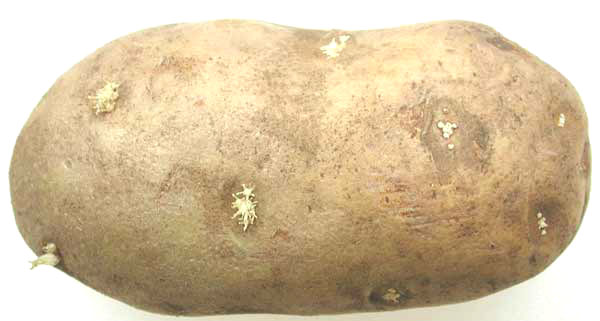In an effort to clear up confusion and proved further clarity, the USDA has opened the U.S. Grade Standards for Potatoes for comments on some changes to the grade standard. In 2008, the USDA recently revised the potato standard, but admittedly made some mistakes that need fixing.
Here are the highlights:
- For years the potato industry has been marketing mixed variety, specifically mixed colors of potatoes (red and whites) in specialty packages. The proposed Grade Standard will now recognize these packs.
- In the current standard the tolerances for defects as shipping point (packing house) are 5%, while at destination the tolerances were increased to 7%. Meaning the potatoes could be packed, out of grade (having 6% or 7% quality defects, such as sunburn or misshapen), shipped, and re-inspected at a warehouse and the lot would be in grade. The USDA has proposed to correct this oversight, and will still allow 7% defects at destination, but not more than 5% of these defects can be quality or permanent defects.
- The confusion and anxiety over visible sprouts will be somewhat cleared up. Currently, individual sprouts or clusters of sprouts must exceed ½ inch in length, before being scored as a defect. The proposed standard will now allow the USDA inspectors to use discretion in scoring clusters of sprouts. Now, if the clusters materially affect the appearance of the potato, regardless of the length, the potato will be a defect. Unfortunately the USDA has not specifically addressed the most common complaint heard from receivers, “What about the potato with peepers, all over the potato?”

Reviewing this standard I don’t see any specific language addressing this concern. If the USDA would develop a visual aid, depicting what is a defect by clusters of individual sprouts, then we will have something other than a subjective opinion by the USDA inspector determining what a defect is and what is not.
- And lastly, the proposed grade standard will not address the lack of common sense issue of the soft rot tolerance between a U.S. No. 1 and U.S. Commercial Grade. The U.S. Commercial Grade is a lower grade than U.S. No. 1. But, currently the U.S. No. 1 Grade allows more soft rot than the U.S. Commercial Grade. In other words, a re-packer may be packing U.S. Commercial potatoes. During the inspection the potatoes are found to have 2% soft rot, but by calling the potatoes U.S. No. 1, they are back in grade, because
U.S. No. 1 potatoes allow for twice as much soft rot than the lower, U.S. Commercial Grade. I assume during the next change to the potato standard the USDA will correct this mistake.

One Comment on “Potatoes- Proposed Changes to Grade Standard”
Wow. Why would USDA allow 1% soft rot on a Commercial Grade and 2% soft rot on a US 1, a higher grade?